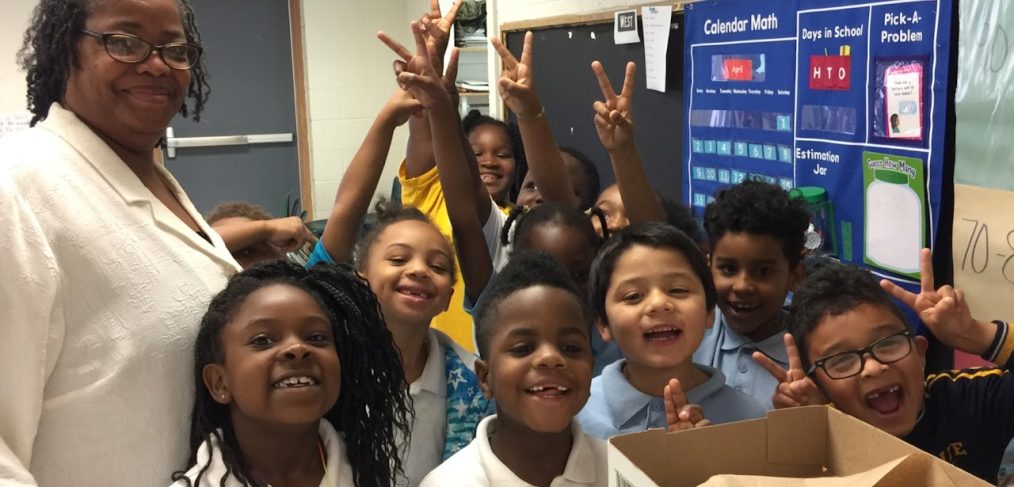Every morning, on screens throughout David G. Burnet Elementary School students can see a live newscast that includes announcements and the Pledge of Allegiance via Zoom presented by their classmates. The newscast is a project that started during the pandemic and has grown into a daily staple at the school.
During COVID, Sophia Zolezzi, math instructional coordinator at the school, found a creative way for students to still give their morning announcements and Pledge of Allegiance despite being in a virtual setting at that time.
“I was looking for a way for us to still feel a sense of community, as if they were in-person at the school,” Zolezzi said.
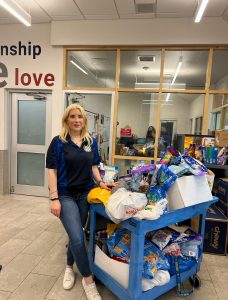 So on Sundays, she began recording the news for the whole week. She would record the students saying the Pledge of Allegiance for each day of the week, as well as an announcement for every day. Then, the recording would be sent out to students and parents. When the students returned to in-person learning, Zolezzi said the students were ready to lead this initiative and continue to present their segments live at the school.
So on Sundays, she began recording the news for the whole week. She would record the students saying the Pledge of Allegiance for each day of the week, as well as an announcement for every day. Then, the recording would be sent out to students and parents. When the students returned to in-person learning, Zolezzi said the students were ready to lead this initiative and continue to present their segments live at the school.
A total of 15 students in third through sixth grades are part of the Student Lighthouse Committee, whose motto is to be “the light that is always guiding the student.” The students take turns presenting the news and other duties during the morning. Students who are not part of the committee are still able to participate in the Pledge of Allegiance, as that is open to all students.
Before the students start with their news segment, music plays for about 10 minutes as part of the pre-show. Different days have different themes. For example, on Fridays it’s Selena music, Wednesdays is disco day, Thursdays is the 80s, and so on. Zolezzi says the biggest take-away from this work is to not underestimate what students can do.
“Even at a young age, they’re ready to take on these roles,” she said. “They have the leadership skills. You just need to help motivate them.”
Recently, pre-K students were the ones who led the Pledge of Allegiance, and the older students had to model for them and lead their younger classmates.
“One of my favorite things is that we get to be leaders for the smaller kids and to be an example for them and encourage them,” said fifth-grader Xiomara.
The newscast includes presenting the news of the day, where they share something positive or a learning fact. Zolezzi said the students are always very intentional with the news of the day and are aware that their audience ranges from pre-K to sixth grade. They also present things such as the school menu and make announcements reminding teachers about PTA meetings and other school happenings.
Burnet is a campus that is a Leader in Me Lighthouse Certified campus, and Zolezzi says that part of this includes having different activities where students are in charge of everything in order to build leadership skills.
“I like to show my confidence and I like to give people positive vibes when they’re sad. I like to give people confidence in themselves,” said fifth-grader Leilani.
Some of the students were motivated to join the Student Lighthouse Committee by their older siblings. Fifth-grader Janet’s brother, who is now a student at W.T. White High School, is an alumnus of the program. Janet credits her brother for motivating her to get involved although she was hesitant at first. Now, Janet is one of the student leaders.
“My brother and my mom started telling me positive things about it, and that I could do it, so I decided to participate,” Janet said.
In order to participate in the program, students need to fill out an application and explain why they would like to be a part of the program. Gaby, a fifth-grader who is new to the group, said in her application that she wanted her teacher to see her as a leader. Her teacher is her dad.
“One of the things I like about being in the Student Lighthouse Committee is teaching other people how to be a leader,” said Gaby, who does the news of the day.
Another way in which the student-led committee supports the school and teachers is to check every morning how each classroom’s attendance was and after several weeks, reward those with perfect attendance. 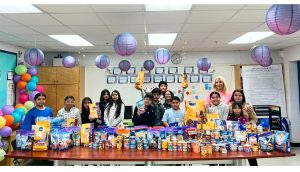
“They get to see the importance of being at school, not just for the teacher,” Zolezzi said. “They also get to see that it’s valuable to be here because if they’re not here, they’re not learning.” The students’ efforts have worked. According to Zolezzi, attendance rates at the school remain high.
Besides supporting their school, the committee gives back to the community by participating in a community project twice a year. Last year, they did a pet food drive within the school to donate to Operation Kindness, an organization that rescues homeless animals. The students research charities as well as what areas in the community can they help support.
“Having high expectations for students is important,” Zolezzi added. “If a student is shy, let’s teach them not to be shy. Let’s give them the tools that they need because we all can be leaders. We just need someone to tap into our genius, and we all have genius.”To watch a behind the scenes video of the students’ work, click here.

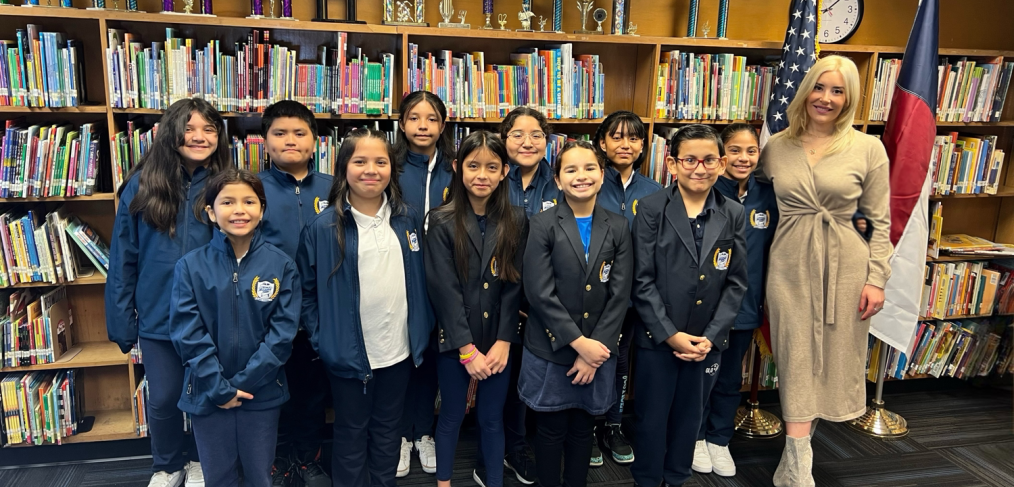

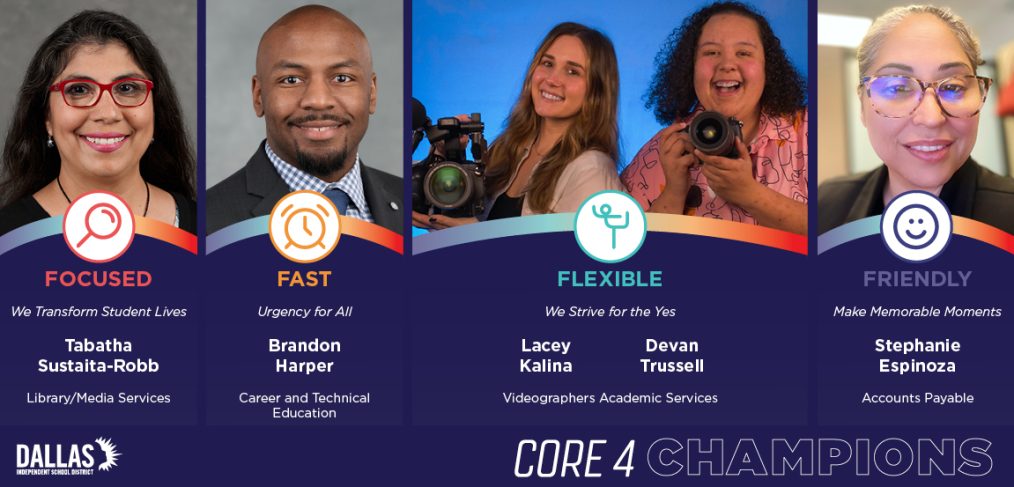
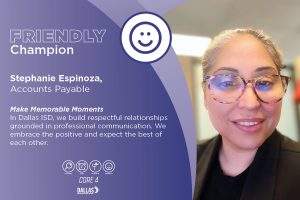 Stephanie Espinoza has been with Dallas ISD for 15 years, and for the last year has been an Accounts Payable specialist. Prior to that, she worked at Bryan Adams High School Leadership Academy as an office manager and at Thomas J. Rusk Middle School as a financial clerk.
Stephanie Espinoza has been with Dallas ISD for 15 years, and for the last year has been an Accounts Payable specialist. Prior to that, she worked at Bryan Adams High School Leadership Academy as an office manager and at Thomas J. Rusk Middle School as a financial clerk.
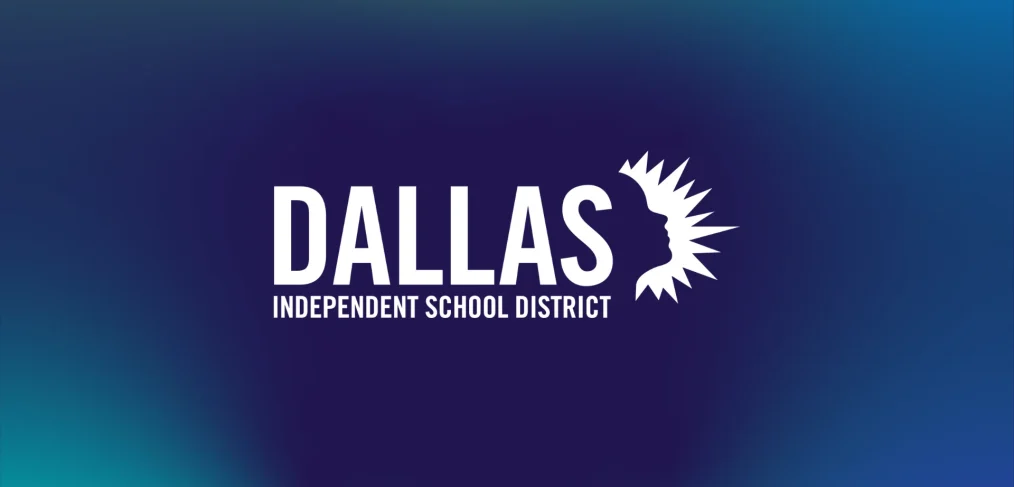
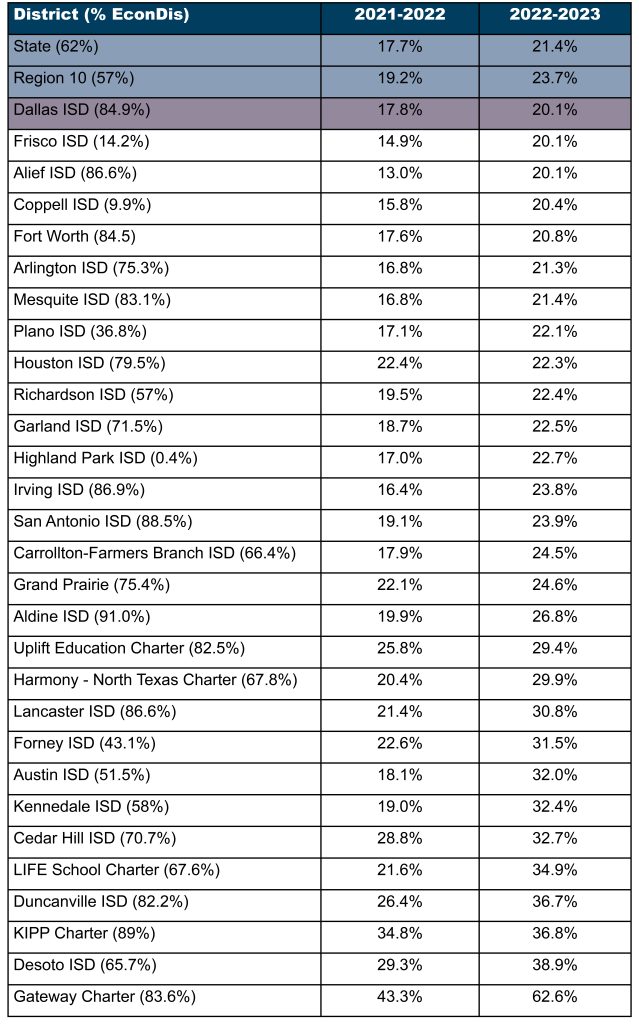
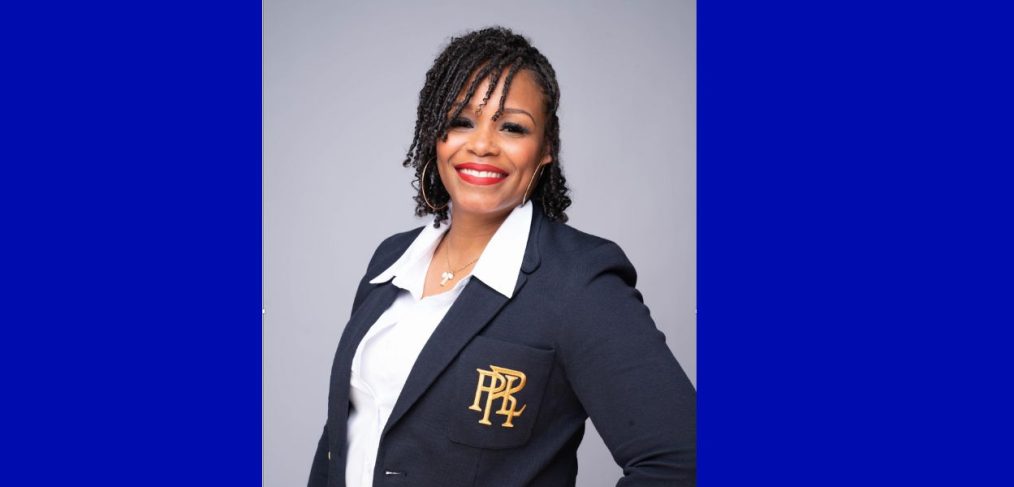
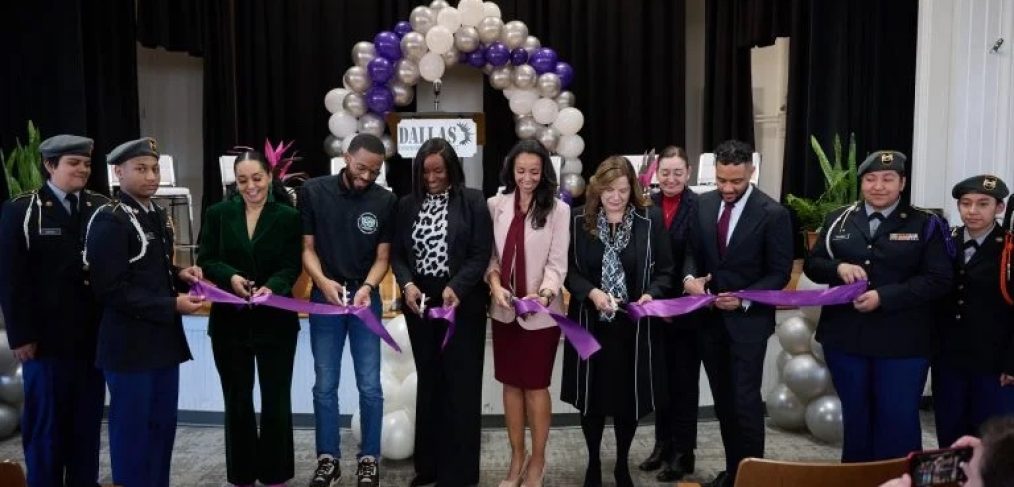
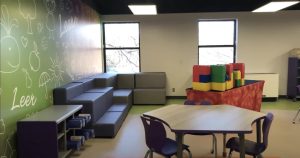 The center aims to provide services that fit the needs of its diverse community, including offering non-traditional working hours and evening programming. Visitors will enjoy safe public spaces with engaging sports and recreational activities, a podcast studio, art classes, summer camps, and academic workshops. To determine the community’s needs, Dallas ISD team members engaged residents through meetings, focus groups, and surveys.
The center aims to provide services that fit the needs of its diverse community, including offering non-traditional working hours and evening programming. Visitors will enjoy safe public spaces with engaging sports and recreational activities, a podcast studio, art classes, summer camps, and academic workshops. To determine the community’s needs, Dallas ISD team members engaged residents through meetings, focus groups, and surveys.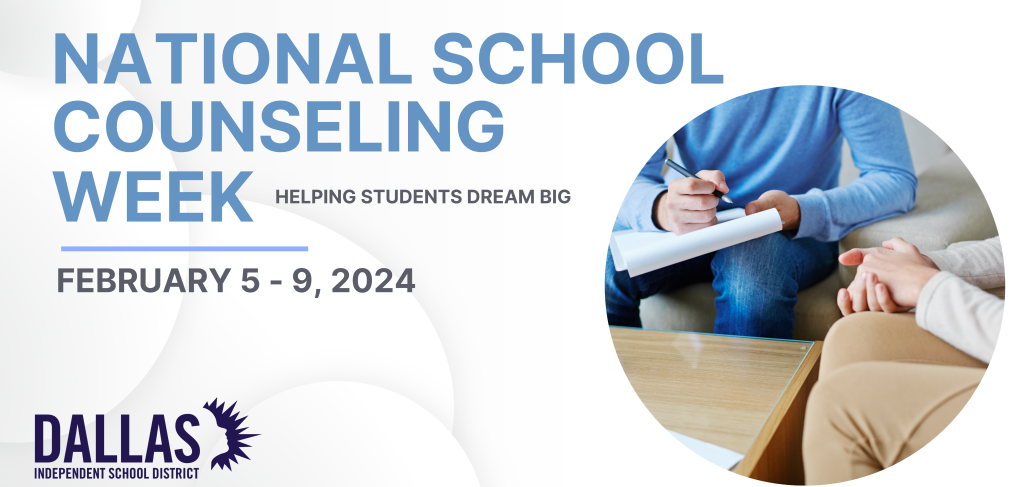

 Crystal Alexander has been the woman behind the scene since planning started for the first STEM Expo, which took place in the spring of 2014. Alexander, who has worked for the district for 23 years, graduated from what is now the Marvin E. Robinson School of Business and Management at Yvonne A. Ewell Townview Center.
Crystal Alexander has been the woman behind the scene since planning started for the first STEM Expo, which took place in the spring of 2014. Alexander, who has worked for the district for 23 years, graduated from what is now the Marvin E. Robinson School of Business and Management at Yvonne A. Ewell Townview Center. 